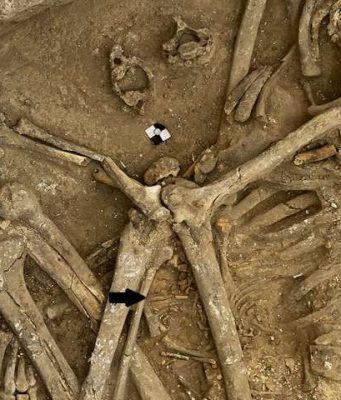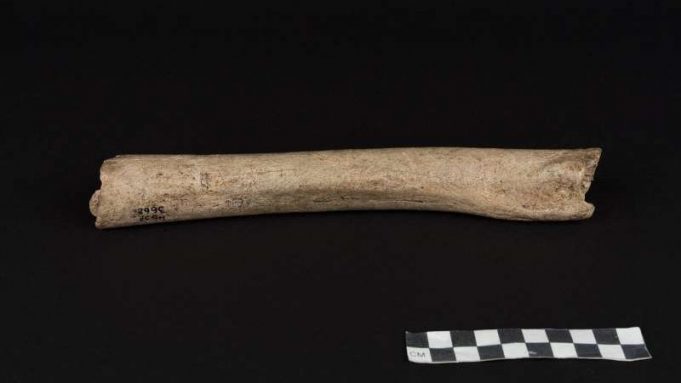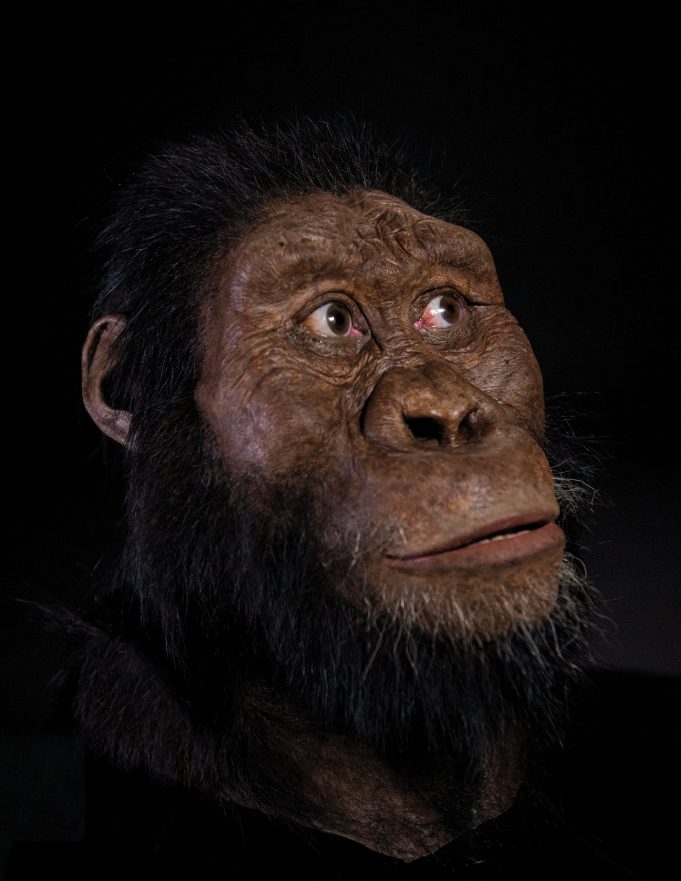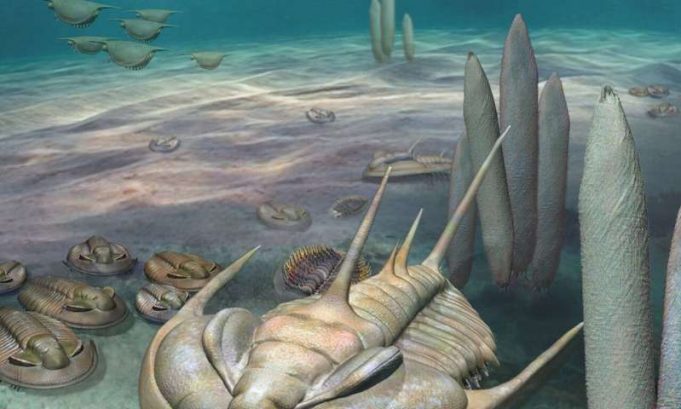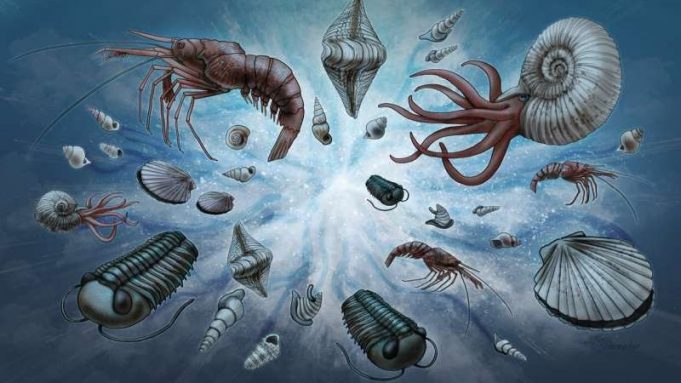Pig fat could have been used to grease the sledges used to transport the massive stones of Stonehenge into position, new analysis by archaeologists at Newcastle University has suggested.
Absorbed fat residues
Fat residues on shards of pottery found at Durrington Walls, near...
The face of 'Cheddar Man', Britain's oldest nearly complete skeleton at 10,000 years old, is revealed for the first time and with unprecedented accuracy by UCL and Natural History Museum researchers.
The results indicate that Cheddar Man had blue eyes,...
The most detailed study to date of ancient predators trapped in the La Brea Tar Pits is helping Americans understand why today we're dealing with coyotes dumping over garbage cans and not saber-toothed cats ripping our arms off.
Larisa DeSantis,...
A chance discovery by a volunteer dinosaur digger has unearthed an unusual toothless dinosaur, known as an elaphrosaur, that roamed Australia 110 million years ago.
In early 2015, Dinosaur Dreaming volunteer Jessica Parker found a strange and delicate bone during...
A 210,000-year-old skull has been identified as the earliest modern human remains found outside Africa, putting the clock back on mankind's arrival in Europe by more than 150,000 years, researchers said Wednesday.
In a startling discovery that changes our understanding...
The biblical King Balak may have been a historical figure, according to a new reading of the Mesha Stele, an inscribed stone dating from the second half of the 9th century BCE.
A name in Line 31 of the stele,...
Researchers at the Max Planck Institute for Evolutionary Anthropology in Leipzig, Germany, have retrieved nuclear genome sequences from the femur of a male Neanderthal discovered in 1937 in Hohlenstein-Stadel Cave, Germany, and from the maxillary bone of a Neanderthal...
Australopithecus anamensis is the earliest-known species of Australopithecus, and widely accepted as the progenitor of Lucy's species, Australopithecus afarensis. Until now, A. anamensis was known mainly from jaws and teeth. Yohannes Haile-Selassie of the Cleveland Museum of Natural History, Stephanie Melillo of the...
Fossils of a giant new species from the long-extinct group of sea creatures called trilobites have been found on Kangaroo Island, South Australia.
The finding is adding important insights to our knowledge of the Cambrian explosion, the greatest diversification event...
The Devonian period, which was 419 million to 359 million years ago, is best known for Tiktaalik, the lobe-finned fish that is often portrayed pulling itself onto land. However, the "age of the fishes," as the period is called,...
Throughout life's history on earth, biological diversity has gone through ebbs and flows—periods of rapid evolution and of dramatic extinctions. We know this, at least in part, through the fossil record of marine invertebrates left behind since the Cambrian...




